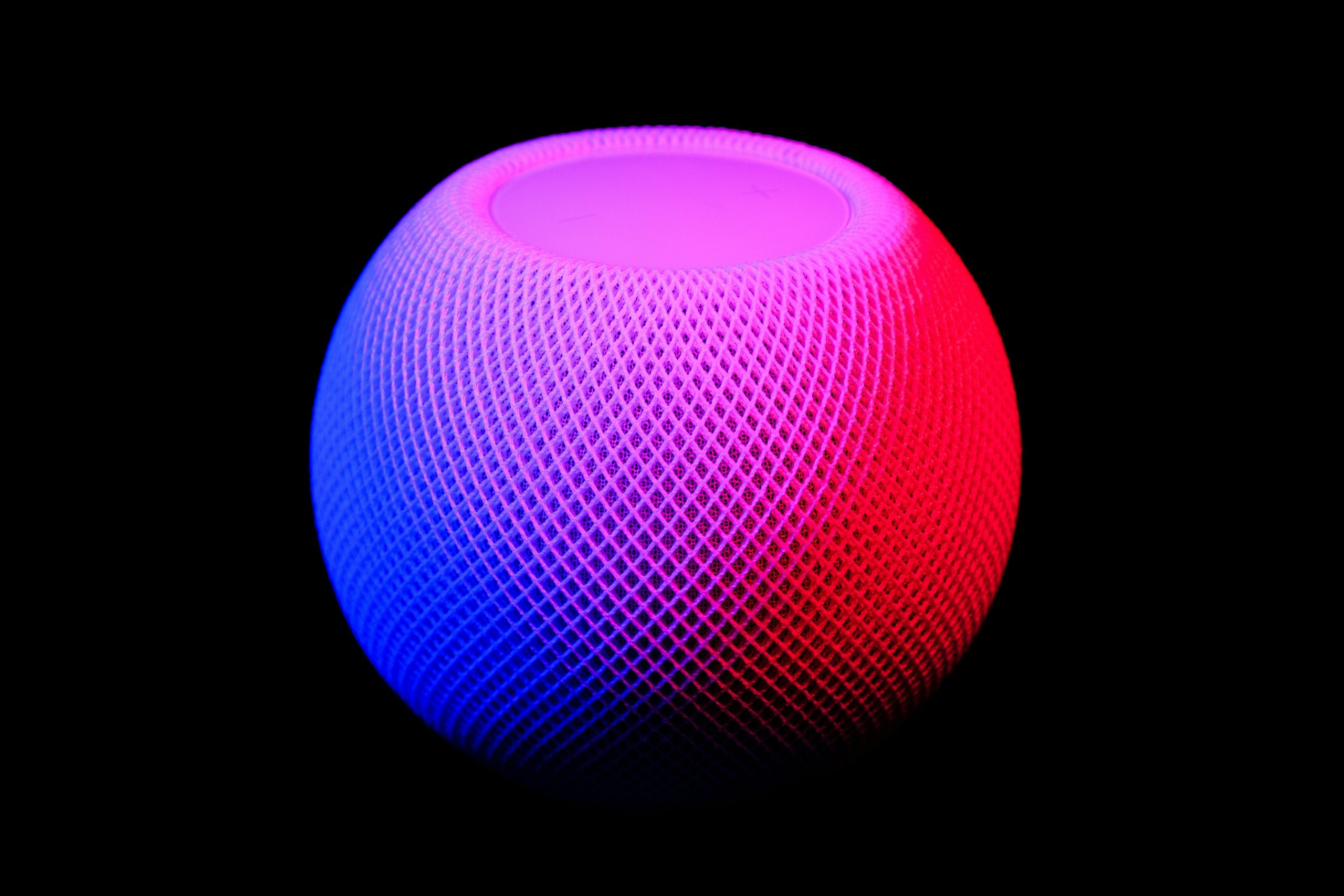Introduction:
In an era of rapid technological advancement, the next five to ten years promise an even more profound transformation of society. Emerging technologies are poised to revolutionize various aspects of human life, from how we work and communicate to how we understand and interact with the world around us. This article will explore some of the key emerging technologies expected to have the most significant impact on society in the coming years.
Artificial Intelligence (AI) and Machine Learning:
AI and machine learning have already made significant strides, but their potential still needs to be fully realized. In the next decade, AI is expected to permeate every aspect of our lives, from personalized healthcare and autonomous vehicles to advanced cybersecurity and enhanced decision-making processes. As AI algorithms become more sophisticated and data sets grow larger, the possibilities for innovation are virtually limitless.
Internet of Things (IoT):
The IoT ecosystem, comprising interconnected devices and sensors, is set to expand exponentially in the coming years. From smart homes and cities to industrial automation and healthcare monitoring, IoT technology will enable seamless communication and automation across various domains. However, this expansion also raises important questions about data privacy, security, and the ethical implications of ubiquitous connectivity.
5G Technology:
The rollout of 5G networks promises to revolutionize telecommunications by providing faster speeds, lower latency, and greater connectivity. This advancement will pave the way for the widespread adoption of technologies such as augmented reality (AR), virtual reality (VR), and autonomous systems. Additionally, 5G will be a crucial enabler for the development of smart infrastructure and the Internet of Things.
Quantum Computing:
While still in its infancy, quantum computing holds the potential to revolutionize computing power and solve complex problems that are currently beyond the capabilities of classical computers. From drug discovery and materials science to cryptography and optimization, quantum computing has the power to accelerate scientific breakthroughs and drive innovation across industries.
Biotechnology and Genetic Engineering:
Genetic engineering and biotechnology developments are opening up new avenues for healthcare, agriculture, and other fields. From gene editing technologies like CRISPR-Cas9 to synthetic biology and personalized medicine, these innovations have the potential to transform how we treat diseases, produce food, and understand the fundamental building blocks of life.
Renewable Energy and Sustainable Technologies:
As the world grapples with the challenges of climate change and environmental degradation, renewable energy and sustainable technologies are becoming increasingly critical. From solar and wind power to energy storage solutions and electric vehicles, these innovations offer a pathway to a more sustainable future and reduced dependence on fossil fuels.
Blockchain and Distributed Ledger Technology (DLT):
Blockchain and DLT have already disrupted industries like finance and supply chain management, but their impact is far from reaching its zenith. Over the next decade, these technologies are poised to revolutionize various sectors, including healthcare, voting systems, digital identity management, and more. The decentralized nature of blockchain offers enhanced security, transparency, and efficiency, paving the way for new decentralized applications and business models.
Advanced Robotics:
Robotic technologies are advancing rapidly, with innovations in areas such as humanoid robots, collaborative robots (cobots), and autonomous drones. In the coming years, these advancements will lead to increased automation in industries like manufacturing, logistics, healthcare, and agriculture. Robotics will not only augment human labor but also enable tasks that are currently too dangerous or impractical for humans to perform.
Extended Reality (XR):
Extended Reality, encompassing Virtual Reality (VR), Augmented Reality (AR), and Mixed Reality (MR), is poised to transform how we interact with digital information and immersive experiences. From virtual meetings and training simulations to interactive entertainment and consumer applications, XR technologies will blur the lines between the physical and digital worlds, unlocking new possibilities for communication, creativity, and entertainment.
Advanced Materials and Nanotechnology:
Advancements in materials science and nanotechnology are unlocking new materials with extraordinary properties, such as strength, conductivity, and flexibility. These advanced materials have applications in fields ranging from electronics and healthcare to aerospace and energy storage. Nanotechnology, in particular, holds promise for breakthroughs in areas such as medicine, electronics miniaturization, and environmental remediation.
Space Exploration and Colonization:
The next decade is likely to witness significant advancements in space exploration and colonization efforts. With private companies like SpaceX, Blue Origin, and others leading the charge, space travel is becoming more accessible and commercially viable. From lunar missions and Mars colonization to satellite constellations and space tourism, humanity is on the brink of a new era of space exploration and expansion.
Biometric and Wearable Technologies:
Biometric authentication and wearable devices are becoming increasingly ubiquitous, offering new ways to monitor and interact with our bodies and the world around us. From fitness trackers and smartwatches to implantable sensors and biometric identification systems, these technologies have applications in healthcare, security, personalization, and beyond. However, they also raise important questions about privacy, consent, and data security.
Edge Computing:
Edge computing is poised to revolutionize the way data is processed, stored, and analyzed by bringing computation closer to the data source. This distributed computing paradigm offers lower latency, improved scalability, and enhanced privacy compared to traditional cloud computing models. In the next decade, edge computing will enable a wide range of applications, including real-time analytics, autonomous vehicles, smart infrastructure, and IoT devices, while also reducing bandwidth usage and data transfer costs.
Synthetic Biology and Bioengineering:
Synthetic biology involves the design and construction of biological systems or devices that do not exist in the natural world, while bioengineering applies engineering principles to living organisms. Together, these fields are driving innovations in areas such as biomanufacturing, biofuels, pharmaceuticals, and environmental remediation. Over the next decade, synthetic biology and bioengineering will enable the creation of novel materials, organisms, and biochemical processes with applications in healthcare, agriculture, and beyond.
Personalized Medicine and Healthcare:
Advancements in genomics, proteomics, and data analytics are ushering in a new era of personalized medicine and healthcare. By leveraging individual genetic, molecular, and clinical data, healthcare providers can tailor treatments and interventions to the specific needs of patients, leading to improved outcomes and reduced healthcare costs. Over the next decade, personalized medicine will become increasingly integrated into clinical practice, enabling precision diagnostics, targeted therapies, and preventative interventions tailored to each patient’s unique genetic makeup and medical history.
Cognitive Computing and Natural Language Processing (NLP):
Cognitive computing combines artificial intelligence, machine learning, and advanced analytics to mimic human cognitive functions such as reasoning, problem-solving, and decision-making. In the next decade, cognitive computing and NLP technologies will enhance human-computer interaction, enable more natural and intuitive interfaces, and revolutionize industries such as customer service, healthcare, education, and content creation.
Advanced Energy Storage:
The transition to renewable energy sources such as solar and wind power is driving the need for advanced energy storage solutions to overcome intermittency and meet demand fluctuations. Over the next decade, advancements in battery technology, fuel cells, and other energy storage systems will enable more efficient, reliable, and scalable energy storage solutions. These innovations will facilitate the integration of renewable energy into the grid, enable electrification of transportation, and support decentralized energy systems.
Neurotechnology and Brain-Computer Interfaces (BCIs):
Neurotechnology encompasses technologies that interface with the nervous system, including brain-computer interfaces (BCIs), neural implants, and neurostimulation devices. These technologies hold promise for treating neurological disorders, restoring sensory and motor functions, and enhancing cognitive abilities. Over the next decade, neurotechnology will continue to advance, enabling new applications in healthcare, entertainment, education, and human augmentation.
Advanced Manufacturing and 3D Printing:
Advanced manufacturing techniques, including additive manufacturing or 3D printing, are transforming the way we design, produce, and distribute goods. With 3D printing, complex structures can be created layer by layer, offering unprecedented design flexibility and customization. Over the next decade, advanced manufacturing technologies will enable more sustainable production methods, on-demand manufacturing, and distributed supply chains. This decentralization of manufacturing has the potential to democratize access to production capabilities, spur innovation, and reduce the environmental impact of traditional manufacturing processes.
Autonomous Systems and Robotics:
Autonomous systems, including autonomous vehicles, drones, and robots, are poised to revolutionize various industries, from transportation and logistics to healthcare and agriculture. These systems leverage advancements in artificial intelligence, sensor technology, and robotics to perform tasks autonomously, with minimal human intervention. Over the next decade, autonomous systems will become increasingly integrated into everyday life, offering benefits such as improved safety, efficiency, and productivity. However, their widespread adoption also raises important questions about liability, regulation, and the future of work.
Cybersecurity and Privacy Technologies:
As society becomes increasingly reliant on digital technologies, cybersecurity and privacy have become paramount concerns. In the next decade, advancements in cybersecurity technologies, including encryption, biometrics, and blockchain-based solutions, will be critical for protecting sensitive data and digital infrastructure from cyber threats. Additionally, privacy-enhancing technologies such as differential privacy and secure multiparty computation will enable individuals to maintain control over their personal data while still benefiting from data-driven services and applications.
Quantum Communication and Cryptography:
Quantum communication and cryptography leverage the principles of quantum mechanics to secure communication channels and encrypt sensitive information. Unlike classical cryptographic methods, which rely on mathematical algorithms, quantum cryptography offers unconditional security based on the fundamental laws of physics. Over the next decade, quantum communication and cryptography technologies will play a crucial role in securing the future of communication networks, financial transactions, and data storage systems against emerging threats posed by quantum computers.
Regenerative Medicine and Tissue Engineering:
Regenerative medicine and tissue engineering aim to restore or replace damaged tissues and organs using a combination of stem cells, biomaterials, and tissue engineering techniques. Over the next decade, advancements in these fields will enable the development of novel therapies for treating a wide range of degenerative diseases, injuries, and congenital disorders. From growing organs in the lab to engineering personalized implants, regenerative medicine holds the potential to revolutionize healthcare by offering new solutions for patients in need of organ transplantation and tissue repair.
Environmental Monitoring and Climate Technologies:
With the growing urgency of climate change and environmental degradation, there is an increasing need for technologies that can monitor, mitigate, and adapt to environmental challenges. Over the next decade, advancements in environmental monitoring, remote sensing, and climate modeling will provide valuable insights into the health of ecosystems, the impact of human activities on the environment, and the effectiveness of conservation efforts. Additionally, climate technologies such as carbon capture and storage, renewable energy, and sustainable agriculture will be critical for reducing greenhouse gas emissions and mitigating the effects of climate change.
Human Augmentation and Biohacking:
Human augmentation technologies aim to enhance human capabilities through the integration of technology with the human body. From wearable devices that monitor health metrics to implantable sensors that augment sensory perception, these technologies offer new possibilities for improving human performance, health, and well-being. Over the next decade, advancements in human augmentation and biohacking will blur the boundaries between humans and machines, raising important ethical, legal, and social questions about identity, autonomy, and equity.
Virtual Economies and Digital Assets:
The rise of virtual economies and digital assets, facilitated by blockchain technology and online platforms, is transforming the way we create, exchange, and value digital goods and services. From virtual currencies and in-game assets to non-fungible tokens (NFTs) and decentralized autonomous organizations (DAOs), these virtual economies offer new opportunities for creativity, collaboration, and economic empowerment. Over the next decade, virtual economies and digital assets will continue to grow and evolve, shaping the future of finance, entertainment, and online communities.





